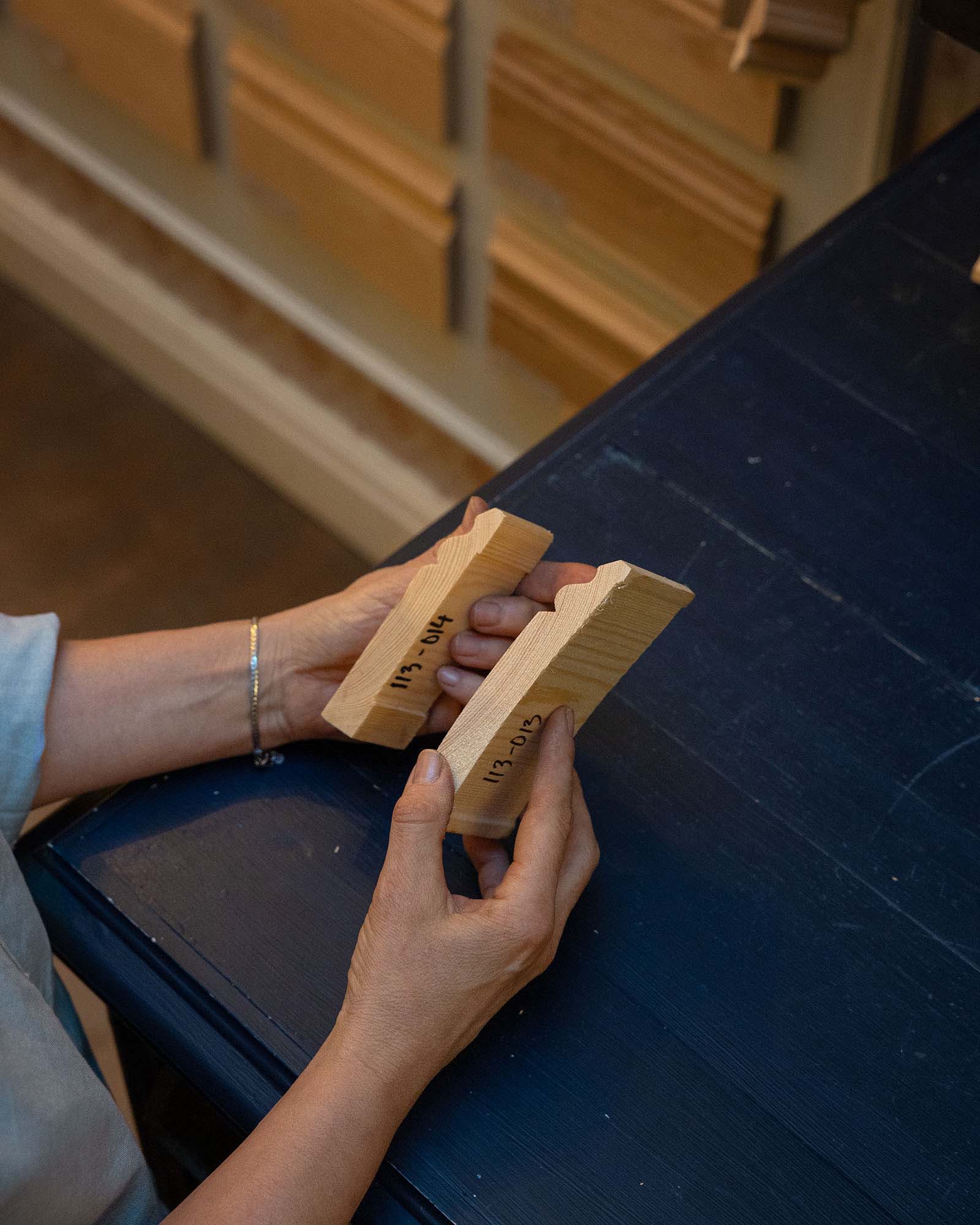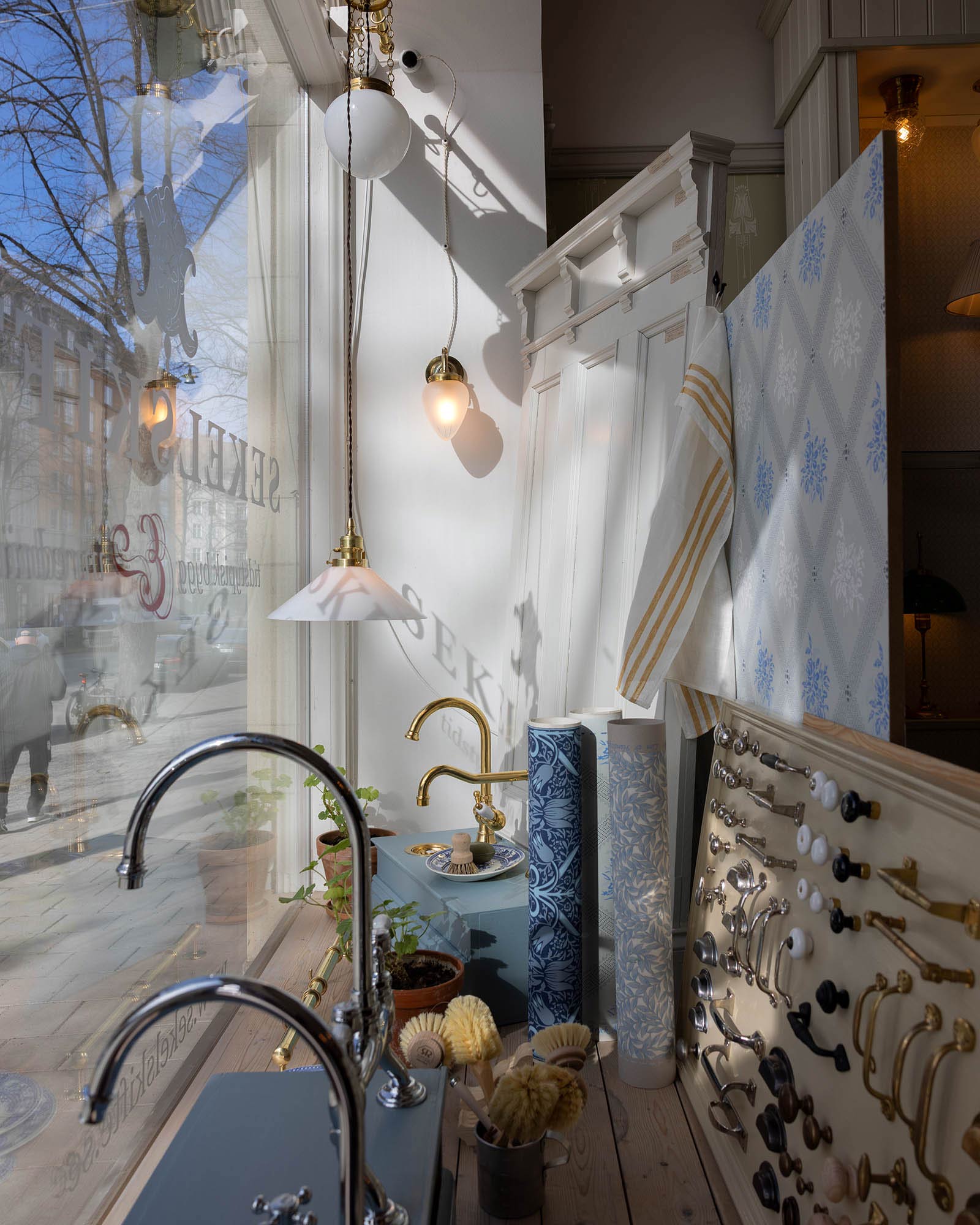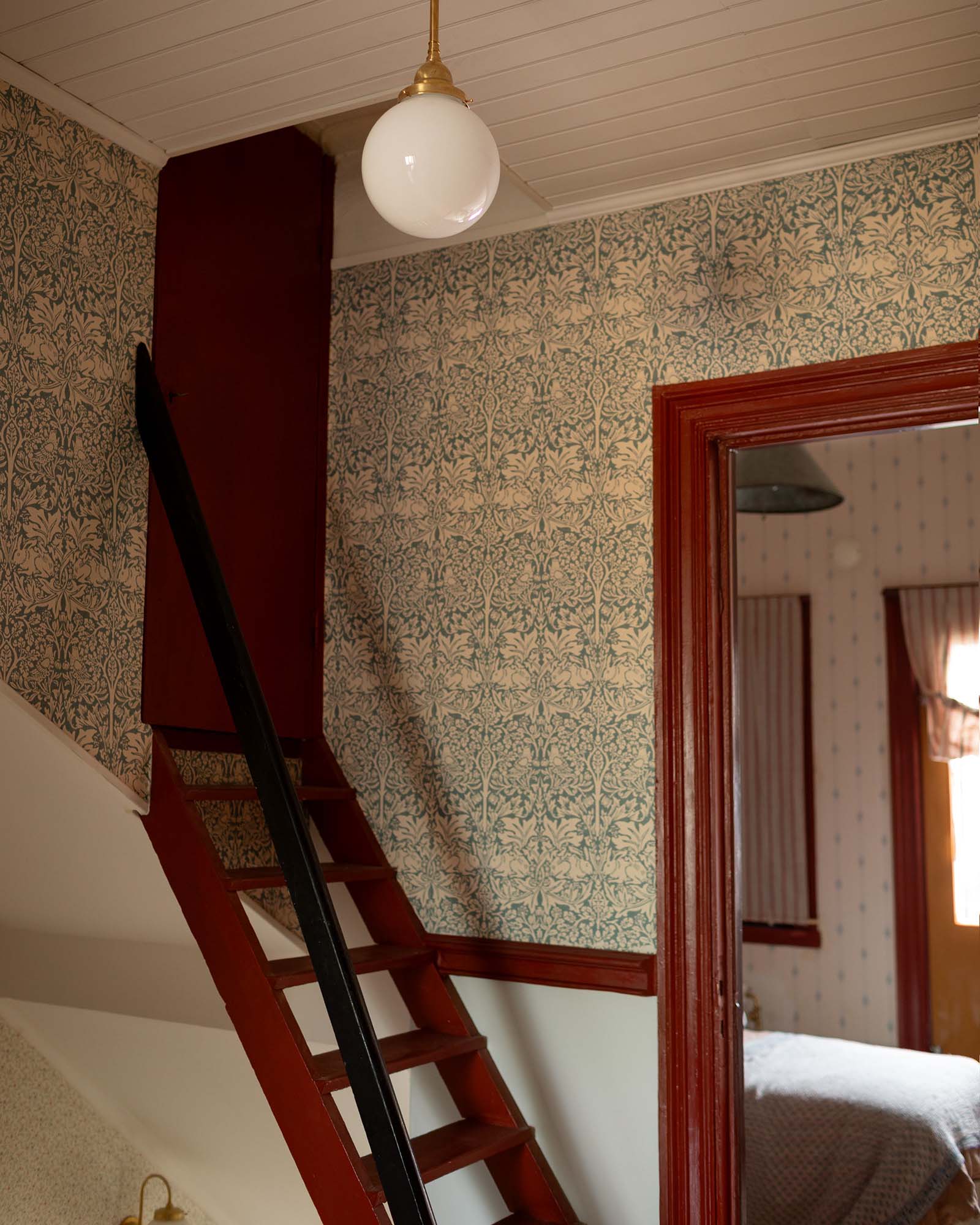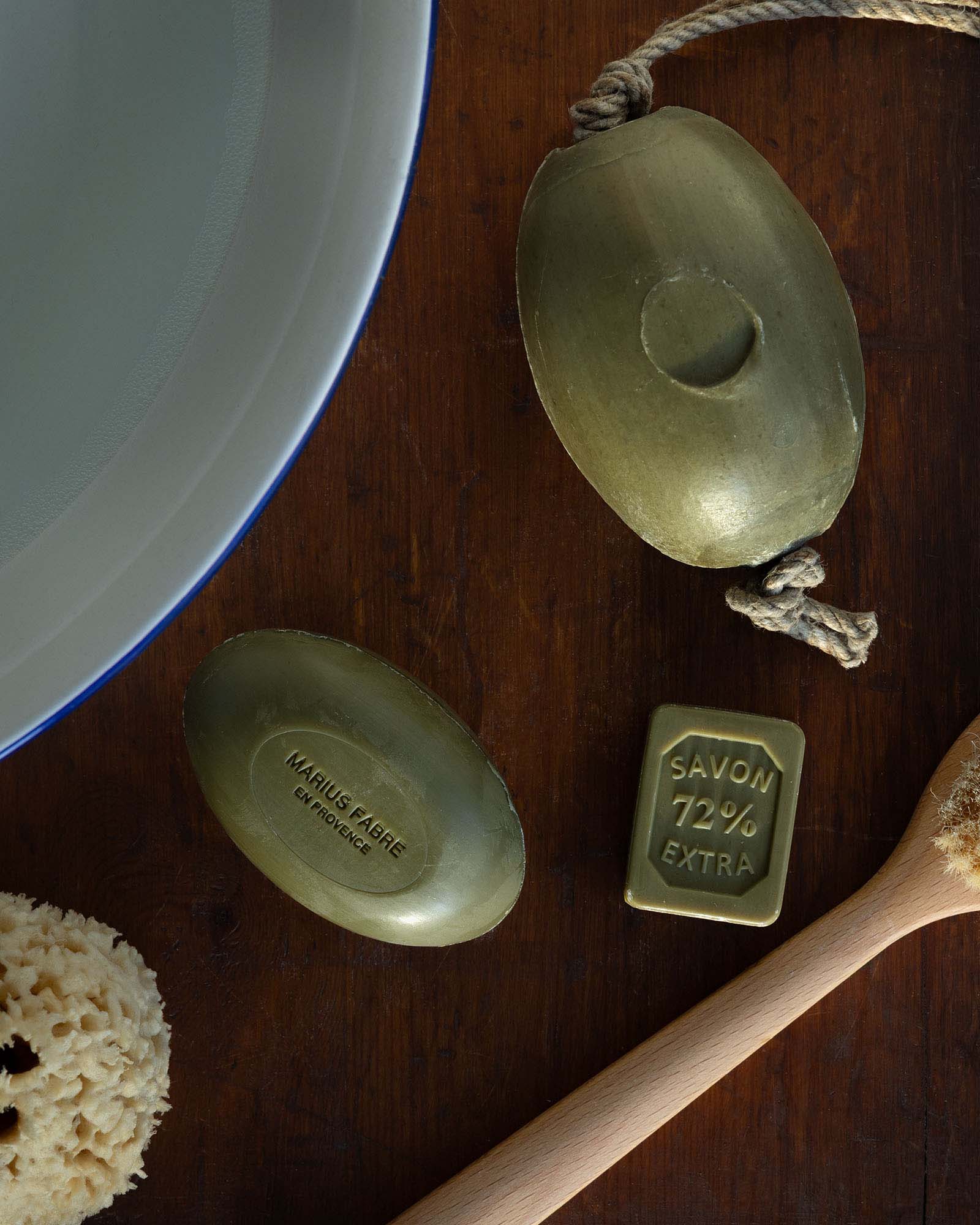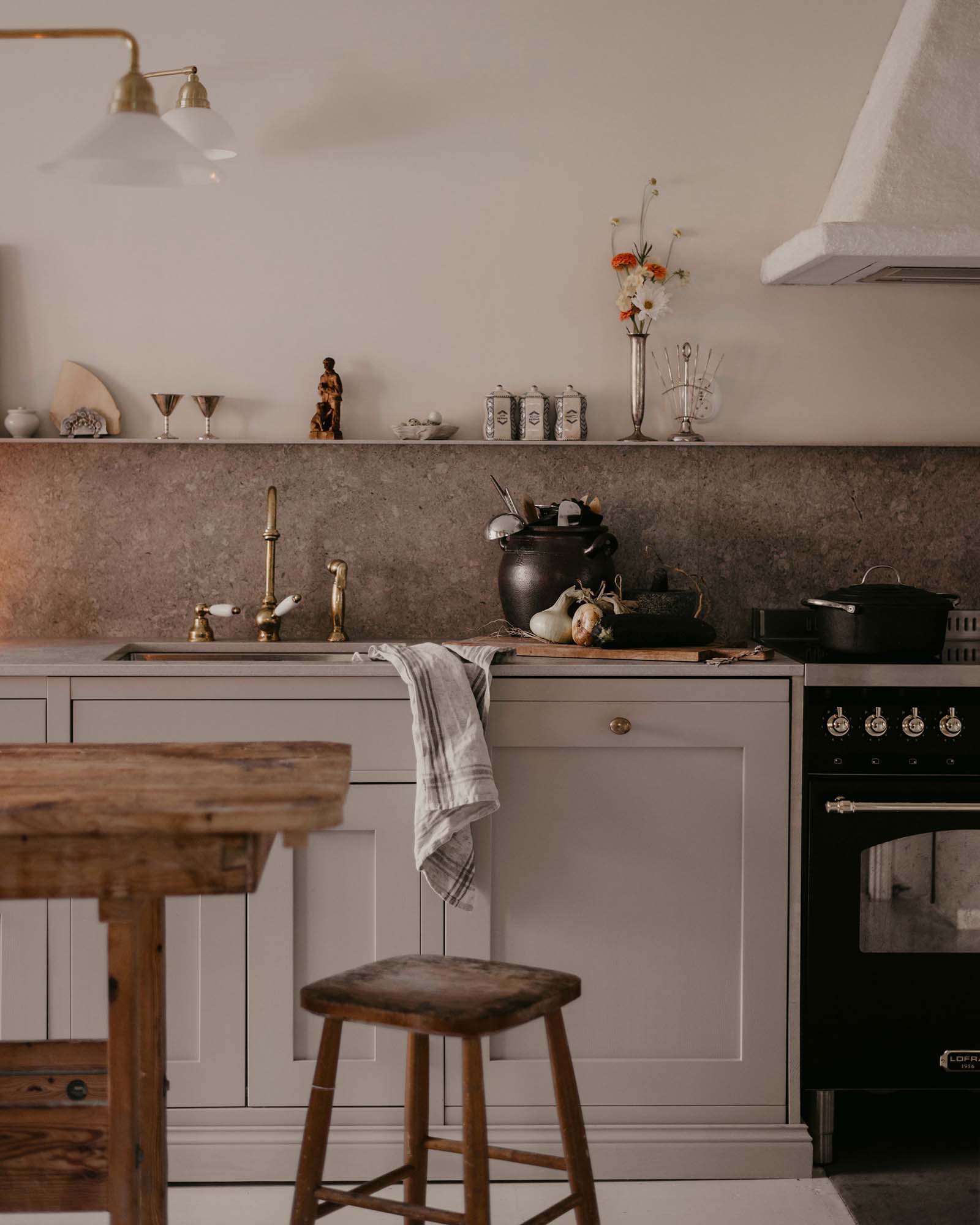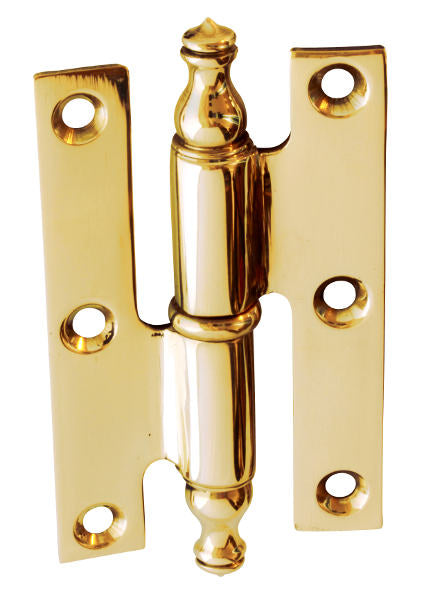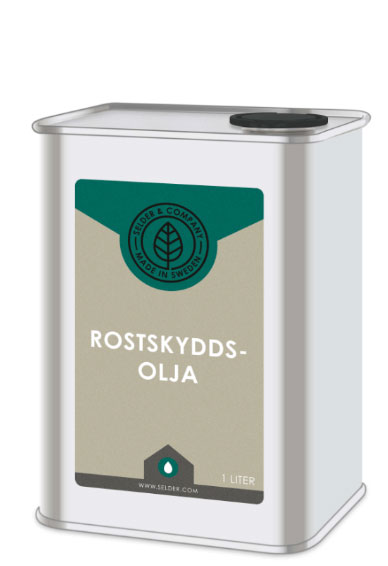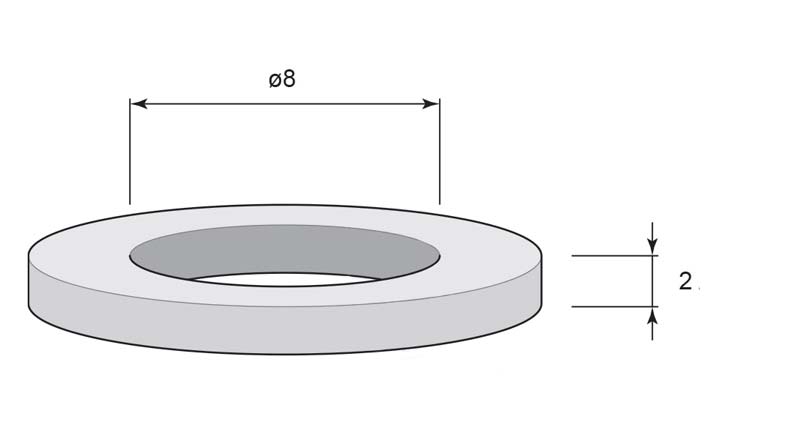Different types of hinges
It's easy to get the feeling that design and decoration are something that gets more focus nowadays more than in the past, when more emphasis was placed on function. When it comes to hinges, it is just the opposite. The early hinges of the 1500s and 1600s could be richly ornate and had a decorative as well as holding function. It isn't hard to understand why the artistically shaped flat hinges that were common during the 1700s are sometimes called gingerbread hinges.
The band hinge was narrow and could cover the entire width of the door. Its function was thus not only to act on hinges but also to hold the boards in the door. This type of hinge often had an onion at the end.
The flat hinge came in the same way that the framed doors became more common, as the hinges could be shorter and no longer needed to tie together the boards. They were still mounted on the outside of the door and could be truly ornately and artistically designed.
The hinges that are integrated into the door are often called "French hinges." They had forged knobs that were replaced by completely round knobs.
The staple hinge introduced during the 18th century became more simple and its knobs got a more stipped profile during the 19th century. The knob was usually shaped like a round ball, but then it got a more conical shape. The conical knob remained popular into the 20th century, along with the model shaped like an acorn or a piece from the Ludo game.
Staple hinge, more like the hinges nowadays, came around the turn of the 1800s. At first they were rebated and folded around the back of the door and then attached to the inside of the door. These models were usually handmade. Today's type of door hinge, attached to the back of the door, did not come until the latter half of the 19th century. It is also when brackets and cast iron parts begin to be manufactured. However, it was common practice to recycle and repair old fittings, both for economic and practical reasons. But as new production of industrially manufactured products increased, many old pieces of fittings were replaced. In the shaker style that reached its peak in the mid 1800s, the hinges are an important detail. For a complete shake kitchen, the cabinet doors are equipped with staple hinges, preferably with a conical knob, and painted in the same color as the carpentry.
The window hinges were initially surface-mounted but have eventually been replaced by staple hinges as the windows became more heavy.
Linseed oil as protection against rust!
The untreated steel needs to be treated so as not to rust. If you want to rustproof without changing the color of the hinge, you can treat it with boiled linseed oil of good quality or with Selders rust protection oil. Just remember to wipe off any excess oil after it has penetrated! Another nice option is to paint the hinge with the same linseed color as the cabinet door, window or door.




























































































